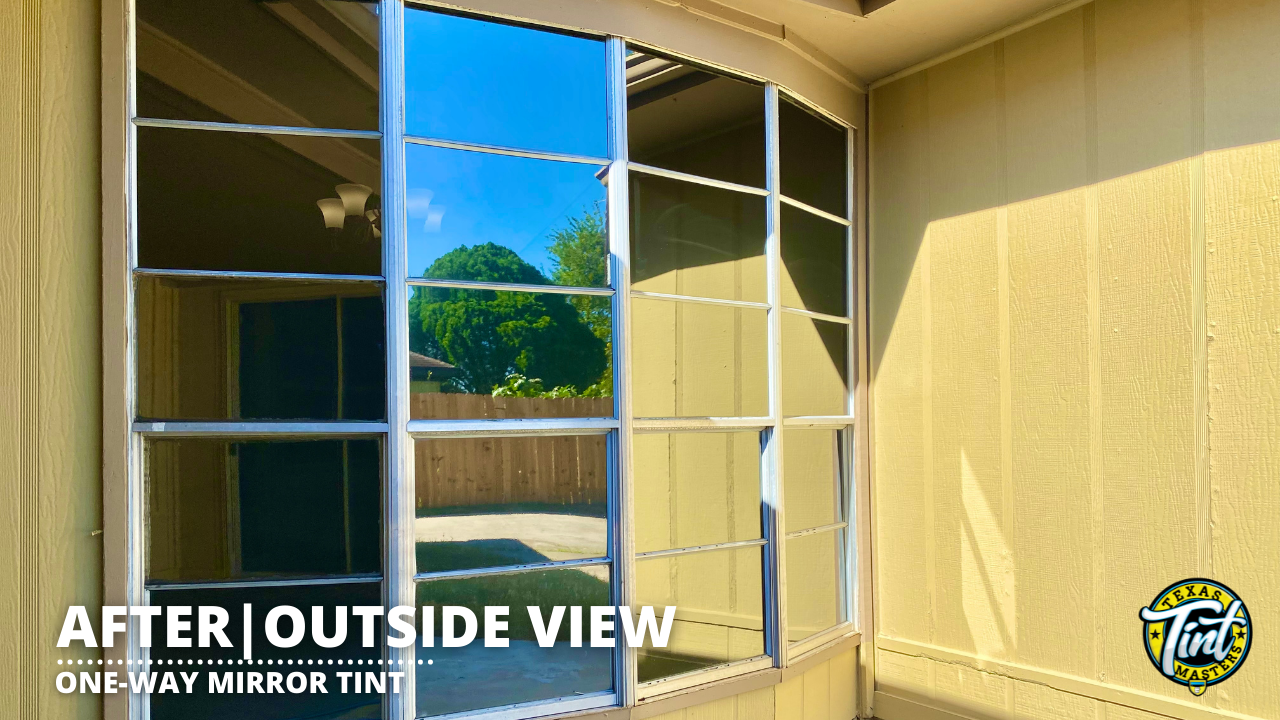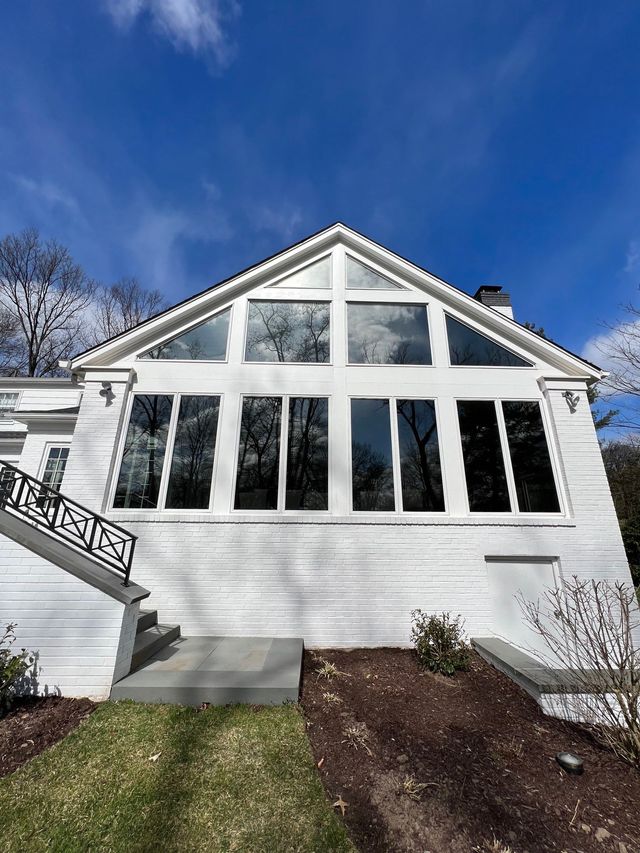Residential Window Tint: Maintain Your Home Comfy Year-Round
Residential Window Tint: Maintain Your Home Comfy Year-Round
Blog Article
How Residential Home Window Tinting Improves Your Home's Power Effectiveness
Residential window tinting presents an engaging remedy for property owners looking for to boost power efficiency within their living areas. By using specialized movies to home windows, it successfully reduces heat transfer, thus supporting indoor temperatures and reducing the demand for excessive home heating or air conditioning.
Recognizing Window Tinting
Understanding window tinting is essential for homeowners looking for to improve both comfort and energy efficiency in their living rooms. Residential Window Tint. Home window tinting includes the application of a thin film to the inside or exterior surface of glass home windows. This film can dramatically regulate the quantity of sunlight and warmth that gets in a home, hence influencing interior environment conditions
There are different types of home window tinting films available, each with unique residential properties. The performance of window tinting is typically measured by its Visible Light Transmission (VLT) percent, which indicates just how much light can pass with the film.
Benefits of Power Efficiency
Window tinting not only enhances visual appeals yet likewise plays a substantial role in enhancing power performance within property rooms. By minimizing heat transfer through home windows, colored films create a more steady indoor environment, which can lead to substantial reductions in energy intake for heating & cooling. This energy efficiency equates into reduced utility costs, providing house owners with considerable long-term financial savings.

In addition, home window tinting boosts the convenience of living areas. By decreasing glow and obstructing harmful UV rays, tinted home windows create a more pleasurable atmosphere, which can lead to improved wellness for passengers. The protection versus UV rays likewise assists maintain furniture and flooring from fading, contributing to the long life of home products.
Exactly How Tinting Works
Tinting films run with a combination of sophisticated products and innovations created to control the amount of solar power entering a home. Primarily made up of polyester, these films frequently integrate metal or ceramic particles that absorb and reflect heat. This twin ability permits them to considerably reduce the penetration of ultraviolet (UV) rays and infrared radiation while allowing noticeable light to travel through.
The performance of window tinting is measured by its solar heat gain coefficient (SHGC), which shows exactly how much solar energy is transferred with the home window. Lower SHGC values are preferable as they signify greater warmth denial. Furthermore, window colors can include a range of shades, allowing house owners to tailor their aesthetic preferences while improving energy efficiency.
Additionally, these films serve as an obstacle, protecting against warmth loss redirected here throughout colder months by showing interior warmth back into the space. This thermal insulation impact complements the air conditioning benefits gained during warmer months, adding to a balanced indoor climate year-round. By managing solar power efficiently, domestic home window tinting not only enhances comfort however likewise plays an essential duty in decreasing energy consumption and lowering energy costs.
Choosing the Right Tint

There are numerous types of window movies available, consisting of dyed, metalized, and ceramic. Ceramic films supply excellent warmth control without jeopardizing exposure and are highly durable, making them a prominent choice.
Visible light transmission (VLT) is an additional essential factor, as it suggests the amount of natural light that can travel through the colored glass. Home owners ought to select a tint with a VLT that complements their illumination choices while still giving ample glow reduction.
Additionally, assessing the solar heat gain coefficient (SHGC) can assist establish how well a tint can block heat from sunlight. A lower SHGC shows much better heat control, inevitably boosting energy performance.
Installation and Maintenance Tips
Appropriate installment and upkeep are important parts in maximizing the benefits of residential home window tinting. To achieve ideal outcomes, it is recommended to employ a qualified professional for installment. This guarantees that the color is applied appropriately, preventing air bubbles, creases, or imbalance that could jeopardize performance. Specialists also use specialized find out here now methods and tools, which can enhance the sturdiness and efficiency of the tint.
Complying with installation, upkeep is necessary to extend the life of the window movie. It is advised to wait a minimum of thirty day prior to cleaning up the tinted windows to permit the adhesive to heal completely. When cleansing, make use of a soft fabric and a gentle, ammonia-free cleaner to stay clear of damaging the movie. Avoid abrasive materials that could scratch the surface area.
In addition, routine assessments are useful. Look for any kind of peeling or bubbling, which could show inappropriate installation or put on over time - Residential Window Tint. Addressing these problems quickly can protect against further damage and maintain energy efficiency. By adhering to these installation and upkeep suggestions, homeowners can ensure their window tinting remains to supply significant energy savings and convenience for years to come.
Final Thought
In final thought, household window tinting serves as an efficient solution for boosting energy efficiency within homes. By lowering warm transfer and obstructing unsafe UV rays, home window films add to lower energy consumption and boosted indoor convenience. The choice of suitable tinting products, together with proper installation and upkeep, additionally makes best use of these advantages. Inevitably, home window tinting represents a lasting financial investment that not only decreases energy bills however additionally advertises a comfy living atmosphere throughout the year.
Window tinting involves the application of a slim film to the inside or outside surface area of glass windows. By minimizing warmth transfer via windows, tinted movies create a much more secure indoor climate, which can lead to substantial reductions in energy intake for heating and cooling.The performance of home window tinting is determined by its solar warm gain coefficient (SHGC), which shows exactly see this how much solar power is transferred through the window. By handling solar power efficiently, household window tinting not just boosts comfort but also plays an essential function in lowering power usage and lowering utility expenses.
By decreasing heat transfer and obstructing harmful UV rays, home window films contribute to lower power usage and enhanced indoor comfort.
Report this page